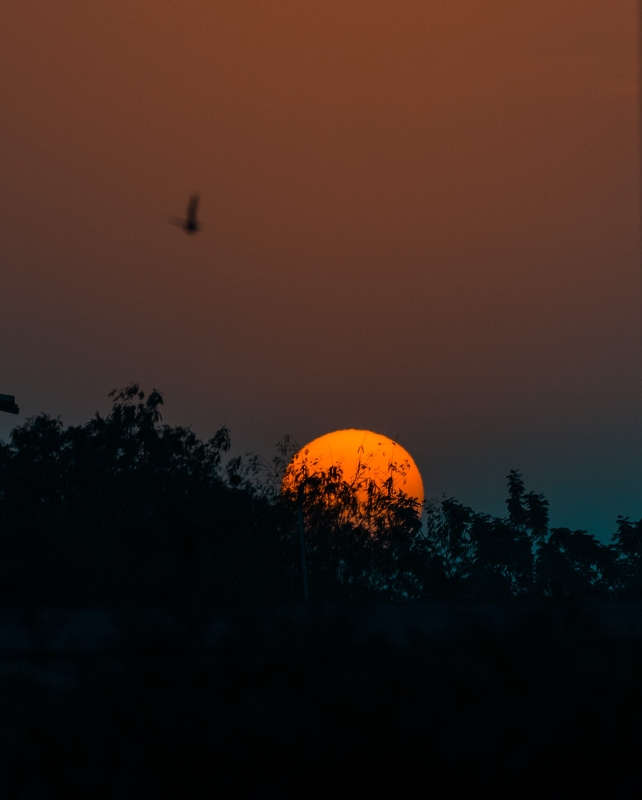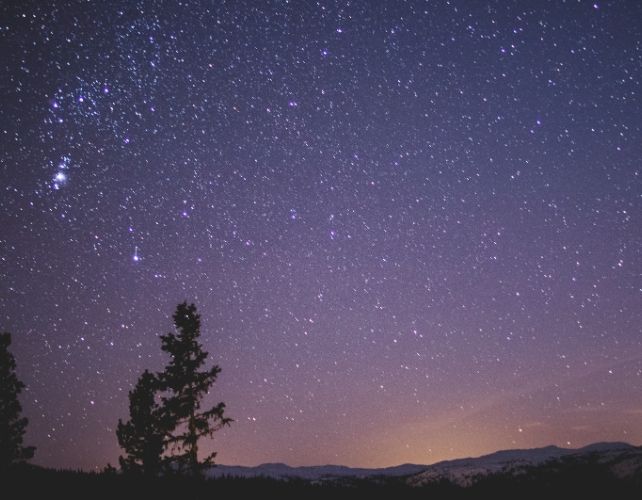Products You May Like
The Lyrid meteor shower is in full swing this week. Every year from April 15 to April 29, dozens of shooting stars streak through the sky in this spectacular show.
The meteor shower was most active from Sunday night to Monday morning, but it will remain visible for the next week.
On Tuesday night, the Lyrids align with the April full moon, otherwise known as the “pink moon,” which will rise at 7:49 p.m. ET.
This supermoon isn’t actually pink, but it is very bright. It’s a stunning sight all on its own, but seeing it during a meteor shower is a rare astronomical opportunity.
This moon shines so bright that it could make it difficult to see the Lyrids streaking through the sky. But you might be able to see a few.
Here are some tips to give yourself the best chance of spotting some shooting stars.
Timing is key

In the Northern Hemisphere, the best time to see the Lyrids is during the early morning hours after the moon sets and before the sun rises, according to NASA.
If you’re willing to get up before dawn on Wednesday, around 5:45 a.m. ET, that would give you the best chance of seeing the Lyrids. At that time, the moon won’t blot them out with its bright glow.
But if you’re hoping to spot some shooting stars while the pink moon is still shining on Tuesday night, you’ll want to make sure your surroundings are as dark as possible.
Get out of town

Light pollution can make it harder to see a meteor shower. If you can, it’s best to find a viewing spot far away from city and street lights, NASA advises.
Once you’ve picked your spot, lie flat on your back with your feet facing east and look up at the sky with as wide a view as possible – try not to have tree branches or buildings obstructing your view.
After that, be patient. It will take about 30 minutes for your eyes to adjust to the dark, and then the meteors could begin to emerge.
But again, because of the bright “pink” supermoon, stargazers may not see as many as they hope. Nevertheless, the moon will offer a show of its own.
This article was originally published by Business Insider.
More from Business Insider:
